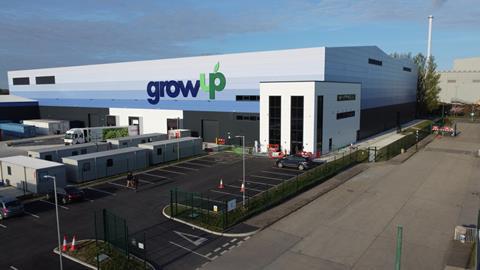
One key part of the onshoring shift has been the rise of vertical farms, which promise a reliable supply of produce unaffected by extreme weather, disrupted supply chains and the wranglings of geopolitics.
“Relying on imported produce and volatile supply chains isn’t sustainable as climate change worsens” says Kate Hofman, founder of GrowUp Farms, which last month got the green light to expand its Pepperness site in Kent. “The UK must produce more, and vertical farms can work alongside traditional farms to build a sustainable, resilient system,” she says.
With produce being grown indoors under consistently optimal conditions, the result is a highly predictable and local output, with clear advantages for the farm and its customers.
“We grow, harvest and pack all in the same place,” says Hofman. “From seed to plate, we shorten the supply chain and only grow in the UK, reducing emissions and waste. We couldn’t do that for the UK if we were based overseas.”
But vertical farming has one major input cost, which is still dependent on factors outside its control: energy. Last summer, the price of energy in the UK and EU reached record levels, prompting a raft of food sector trade bodies to call on government for urgent action lest thousands of businesses go bust. “Our members are facing unsustainable increases in energy prices on top of multiple supply chain challenges,” they wrote.
Many vertical farming companies didn’t survive. Danone-backed French vertical farm Agricool sought a buyer after calling in receivers in January, selling to an equipment business for just €50,000. In May, InFarm – which little more a year prior had opened what it claimed was one of the largest vertical farming facilities in Europe in Bedford – left Europe completely.
But it can be done, Hofman insists.
“We have a unique business model where we co-locate our farms with baseload renewable energy,” she says. “This keeps our energy costs down and means we are not vulnerable to electricity price hikes or international conflicts.”
“We’re showing the value of growing in the UK and how it can be commercially successful.”
The race for onshoring: How Britain’s food supply is coming home
- 1
- 2
 Currently reading
Currently readingThe ups and downs of vertical farming








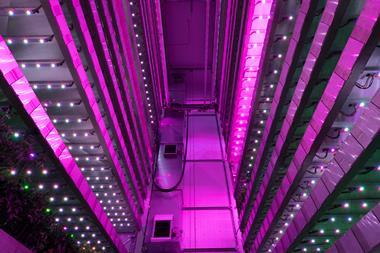

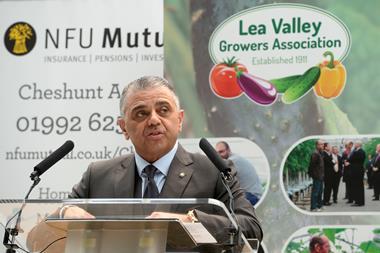

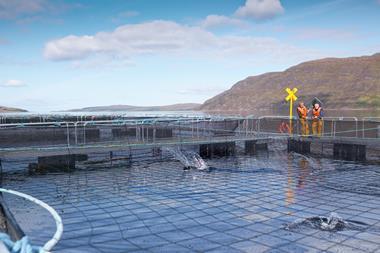



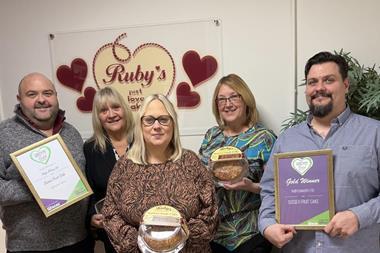



No comments yet